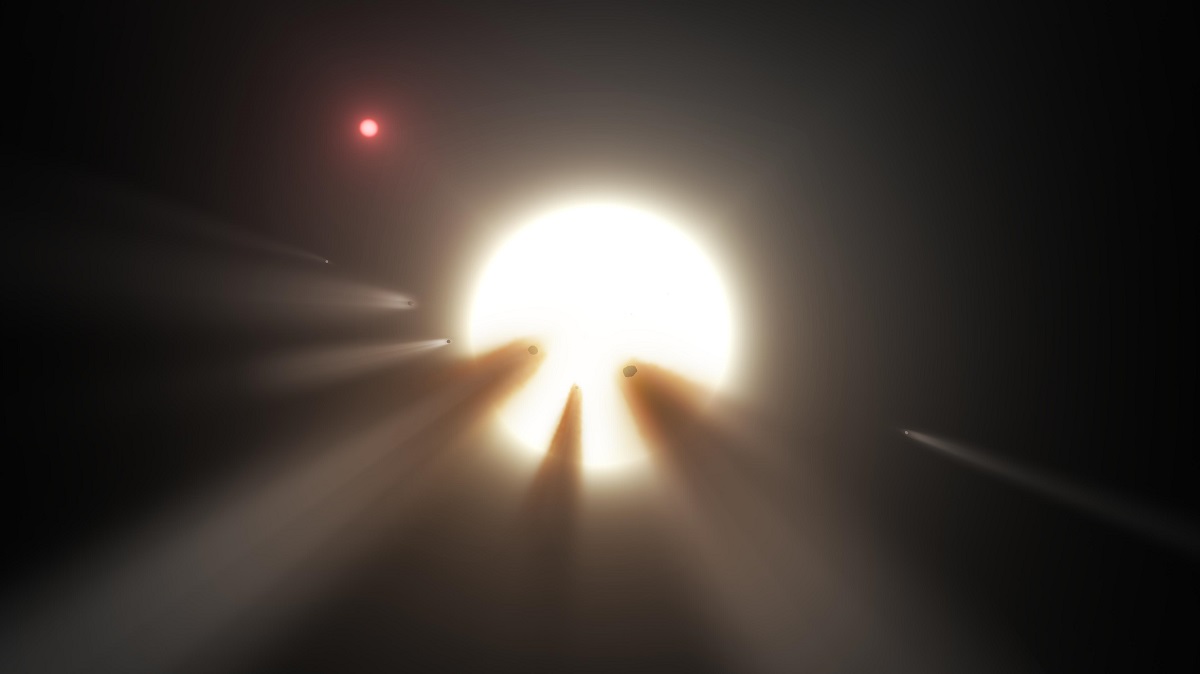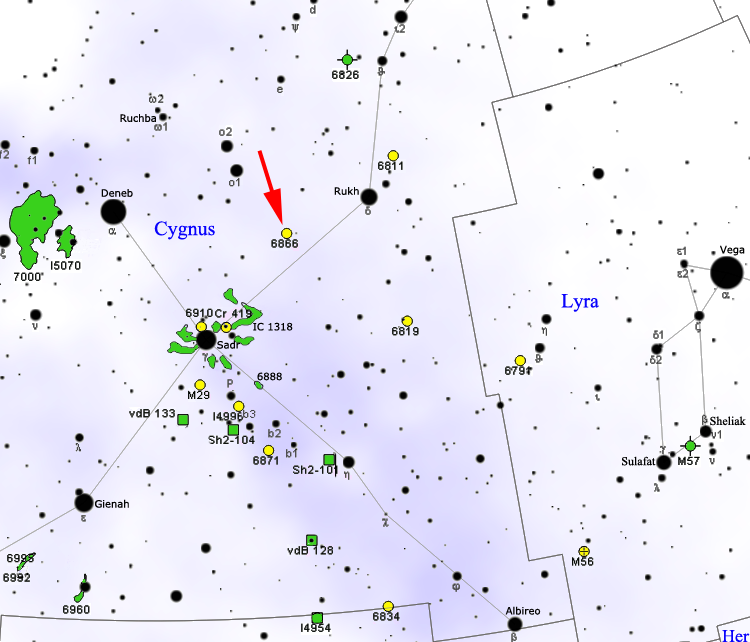

| Online: | |
| Visits: | |
| Stories: |

| Story Views | |
| Now: | |
| Last Hour: | |
| Last 24 Hours: | |
| Total: | |
Alien Megastructure or Doomed Planet: The Galaxy’s Strangest Star Is Even Stranger Than Astronomers Thought
A star known by the unassuming name of KIC 8462852 in the constellation Cygnus has been raising eyebrows both in and outside of the scientific community for the past year.
In 2015 a team of astronomers announced that the star underwent a series of very brief, non-periodic dimming events while it was being monitored by NASA’s Kepler space telescope, and no one could quite figure out what caused them. A new study from Carnegie’s Josh Simon and Caltech’s Ben Montet has deepened the mystery.
“It’s a big challenge to come up with a good explanation for a star doing three different things that have never been seen before,” Montet said. “But these observations will provide an important clue to solving the mystery of KIC 8462852.”

Image is courtesy of NASA/JPL-Caltech.
Simon and Montet’s findings caused a stir in August, when they were posted on a preprint server while their paper was being reviewed. Now their work is now accepted for publication by The Astrophysical Journal.
The researchers analyzed further Kepler observations of the puzzling star and showed that in addition to its rapid unexplained brightness changes, the star also faded slowly and steadily during the four years it was watched by Kepler.
Asteroid Collision

Credit; NASA/JPL-Caltech
Speculation to explain KIC 8462852’s dips in brightness has ranged from an unusually large group of comets orbiting the star to an alien megastructure. In general, stars can appear to dim because a solid object like a planet or a cloud of dust and gas passes between it and the observer, eclipsing and effectively dimming its brightness for a time. But the erratic pattern of abrupt fading and re-brightening in KIC 8462852 is unlike that seen for any other star.
KIC 8462852 (also Tabby’s Star or WTF Star) is an F-type main-sequence star located in the constellation Cygnus approximately 454 parsecs (1,480 ly) from Earth. Unusual light fluctuations of the star were discovered by citizen scientists as part of the Planet Hunters project, and in September 2015.
KIC 8462852 in infrared and ultraviolet

Credit: NASA
Spurred by a controversial claim that the star’s brightness gradually decreased by 14 percent from 1890 to 1989, Montet and Simon decided to investigate its behavior in a series of Kepler calibration images that had not previously been used for scientific measurements.
“We thought that these data could confirm or refute the star’s long-term fading, and hopefully clarify what was causing the extraordinary dimming events observed in KIC 8462852,” explained Simon.
Simon and Montet found that, over the first three years of the Kepler mission, KIC 8462852 dimmed by almost 1 percent. Its brightness then dropped by an extraordinary 2 percent over just six months, remaining at about that level for the final six months of the mission.
Brightness of KIC 8462852 as a function of time. The solid line represents the authors’ best estimate of the brightness of the star during the Kepler mission, while the shaded region represents the uncertainty on the brightness at any time. The authors find the star’s brightness slowly decreased over time until early 2012, when it rapidly dimmed in brightness by 2 percent over six months.

Image is courtesy of Ben Montet.
The pair then compared this with more than 500 similar stars observed by Kepler and found that a small fraction of them showed fading similar to that seen in KIC 8462852 over the first three years of Kepler images. However, none exhibited such a dramatic dimming in just six months, or a total change in brightness of 3 percent.
“The steady brightness change in KIC 8462852 is pretty astounding,” said Montet. “Our highly accurate measurements over four years demonstrate that the star really is getting fainter with time. It is unprecedented for this type of star to slowly fade for years, and we don’t see anything else like it in the Kepler data.”
“This star was already completely unique because of its sporadic dimming episodes. But now we see that it has other features that are just as strange, both slowly dimming for almost three years and then suddenly getting fainter much more rapidly,” Simon added.
Astronomers were already running short of good ideas to account for the dips in KIC 8462852’s brightness, and the new results will make that task even harder. Simon and Montet think that the best proposal so far for explaining the star’s drastic six month dimming might be a collision or breakup of a planet or comet in the star’s system, creating a short-term cloud of dust and debris that blocks some starlight. However, this wouldn’t explain the longer-term dimming observed during the first three years of Kepler and suggested by measurements of the star dating back to the nineteenth century.
Map showing location of NGC 6866. KIC 8462852 is northeast between NGC 6866 and ο¹ Cygni.

Credit: Roberto Mura
Several hypotheses have been proposed to explain the star’s large irregular changes in brightness as measured by its unusual light curve, but none have fully explained all aspects of the curve. The leading hypothesis, based on a lack of observed infrared light, posits a swarm of cold, dusty comet fragments in a highly eccentric orbit. Another hypothesis is that of a large number of small masses in “tight formation” orbiting the star.
It is suggested that technologically advanced extraterrestrial civilization would probably be ethically advanced as well and would not attempt projects with severe ecological implications for other species, like the construction of a Dyson sphere. It has been speculated that the changes in brightness could be signs of activity associated with intelligent extraterrestrial life constructing a Dyson swarm. The SETI Institute’s initial radio reconnaissance of KIC 8462852, however, found no evidence of technology-related radio signals from the star.
Astronomer Jason Wright and others who have studied KIC 8462852 hypothesized that the objects eclipsing the star could be parts of a megastructure made by an alien civilization, such as a Dyson swarm
An illustration of a relativly simple arrangement of multiple Dyson rings in a more complex form of the Dyson swarm.

Credit: Wikimedia Commons
Astronomer Jason Wright and his colleagues plan to conduct another search beginning in October 2016 using West Virginia’s Green Bank Telescope.
Contacts and sources:
Carnegie Institution of Science
Source:


